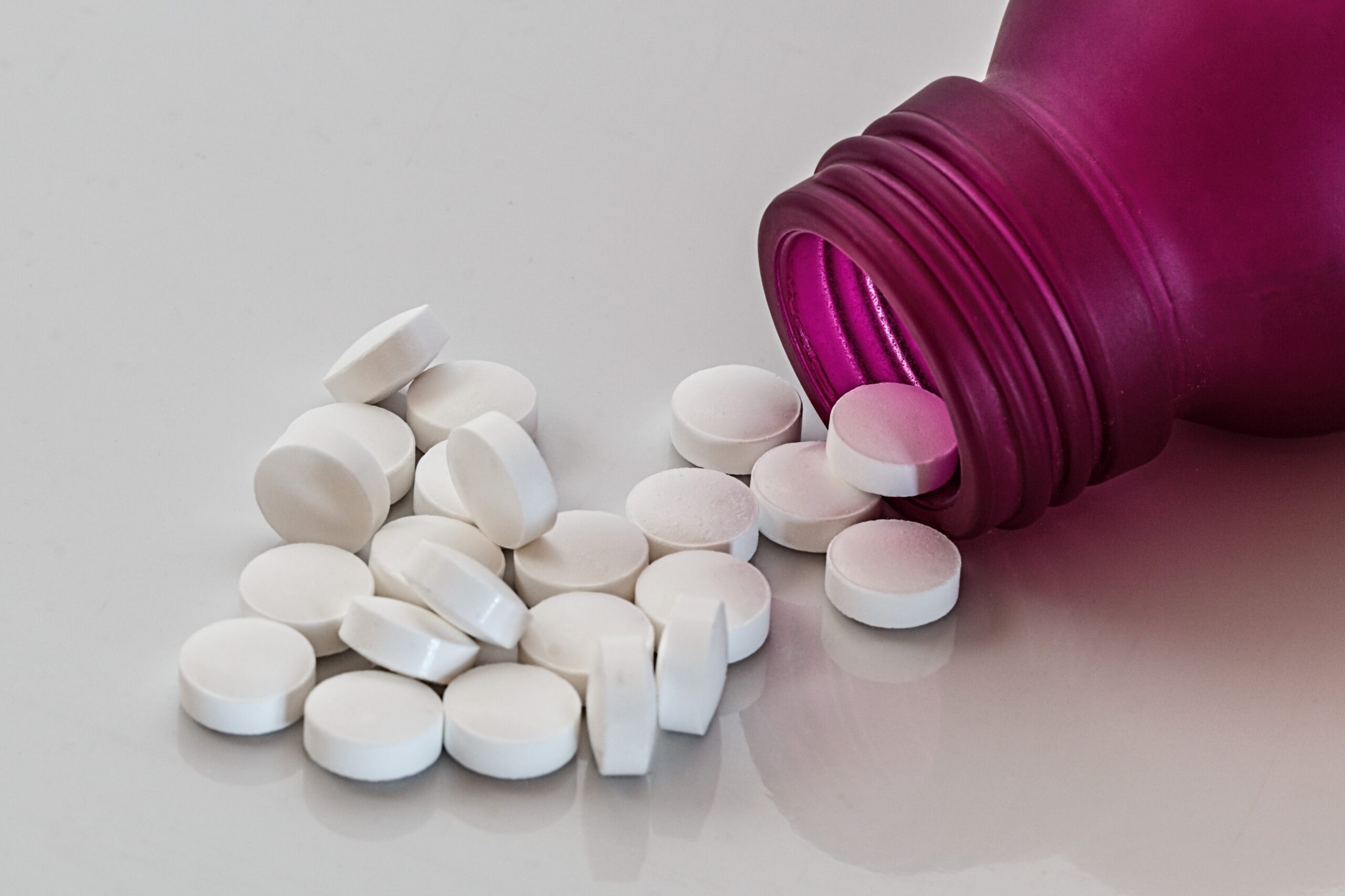New Legislation in New York Makes Opioid Use Treatment More Affordable
When it comes to any type of medical or mental health treatment, cost is often a concern. Even with great health insurance, copays for appointments can add up. This is particularly true with a chronic condition or a need for frequent visits. When it comes to opioid use treatment programs, New York has now prohibited copays from being added to the cost of treatment.
The Opioid Crisis in New York
According to the Centers for Disease Control, there were more than 78,000 overdose deaths attributed to opioids in the US in 2021. In New York, according to the state’s Office of Addiction Services and Supports (“OASAS”), there were 4,762 deaths in 2021 attributable to opioids.
A recent report by OASAS further highlights the other issues that can come up when a person is addicted to opioids. For example, persons with opioid use disorder are at a higher risk for HIV, hepatitis C, and other chronic diseases. Additionally, there is an economic impact related to the costs for treatment, emergency medical efforts, and law enforcement.
Possession of opioids without a prescription, regardless of the amount, is a criminal offense. Additionally, even when prescribed an opioid, driving under the drug’s influence may also constitute a crime. Unfortunately, there doesn’t appear to be data indicating the number of people caught up in the criminal legal system as a result of opioid use or possession.
Copays and Opioid Addiction Treatment
For opioid use treatment, the first 90 days is considered a critical period. Often times, patients have to visit a program as frequently as six times a week during that three-month period. Thereafter, a patient will also have frequent visits to the program.
The new law in New York (S.5690/A.372) now prohibits copays from being added to opioid use treatment programs. When copays are sometimes $50 per visit, this can be prohibitively expensive. As such, the bill will make the treatment programs more accessible to those who need it.
Additional New Opioid Legislation
OASAS is now also required to develop training materials for a screening tool called SBIRT (S.345/A.8419). Specifically, SBIRT is an evidence-based practice model which stands for Screening, Brief Intervention, and Referral to Treatment. By developing these materials, it will help health professionals to better respond to the challenges faced by substance users.
Doctors must also now consider non-opioid alternative treatments prior to prescribing an opioid for pain relief (S.4640/A.273). The goal is to avoid the number of patients who experience opioid use disorder as a result of pain management treatment. For example, such alternatives include physical therapy, chiropractic care, acupuncture, massage therapy, or occupational therapy. Additionally, the Department of Health is now require to publish reports on its website detailing sales of opioids sold in the state (S.7378/A.8339).
Finally, nightclubs and similar establishments will now be allowed to carry opioid antagonists and receive training (S.8633-A/A.9697-A). Specifically, bars, clubs, and restaurants will be able to make narcan, naloxone, and other such treatments available for use free of charge. Additionally, the establishments can receive training for the use of these antagonists and how to handle such situations.
References:
- New York Governor, Governor Hochul Signs Legislative Package to Help New Yorkers Prevent and Treat Substance Use Disorder (Dec. 23, 2022). Available at: https://www.governor.ny.gov/news/governor-hochul-signs-legislative-package-help-new-yorkers-prevent-and-treat-substance-use (last accessed Jan. 20, 2023).
- NY 2021-2022 Legislative Session, Senate Bill S5690, Relates to prohibiting co-payments for treatment at an opioid treatment program. Available at: https://www.nysenate.gov/legislation/bills/2021/S5690 (last accessed Jan. 20, 2023).
Image: CC0 1.0 Universal Public Domain Dedication

